October’s Cocoon Check
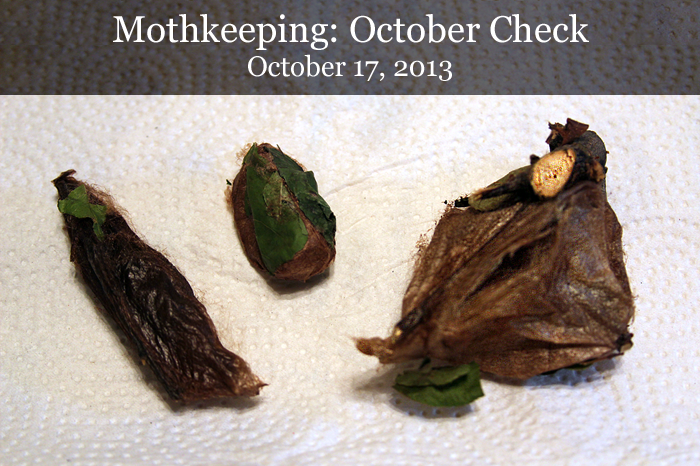
A little less than a month ago, I put my cocoons away in the fridge and resolved not to check on them too often. Waiting has been difficult, and finally I took a peek into the little plastic container today to see how the buggies are doing. I carefully laid the cocoons out on a paper towel, then picked them up one at a time and felt their weight. Everyone is still alive and healthy!
The cecropia cocoons in particular have darkened since I first received them. Both are dry, but the tight one is stiffer in texture while the loose one feels soft and roomy. The pupa in the tight cocoon doesn’t move that I have noticed but has not lost its life-indicating weight.
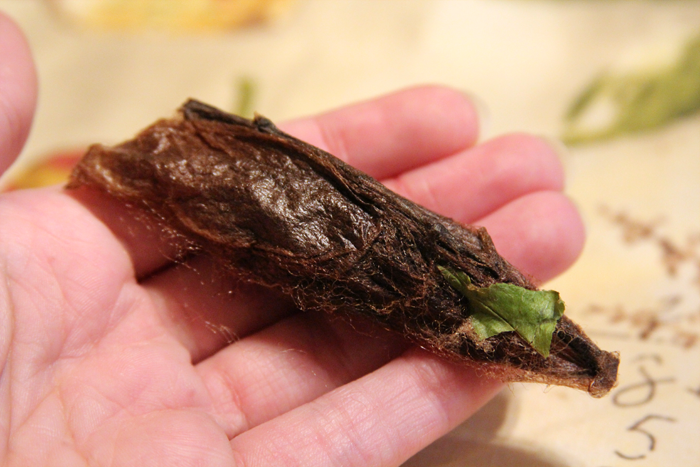
The tight cecropia cocoon is rather shiny.
The luna, on the other hand, is still wriggling around when picked up. It makes little crinkly sounds against the leaves and can be felt moving inside. Because the cocoon is so small and its occupant is so lively, I’m leaving it to emerge as it would in the wild. I find it interesting that the luna used a lot of leaves to make its cocoon while the cecropias both used sticks.
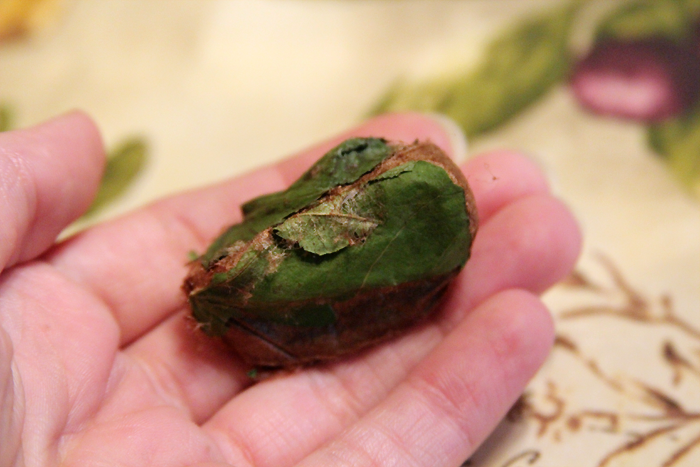
The luna moth flexed inside the cocoon when held.
Since the loose cocoon seemed to have enough give for me to safely make a cut in it, I decided to take a peek inside. Unlike butterfly chrysalises, these moths’ cocoons are like little sleeping bags and can be opened in captivity without harming the developing bug inside. Cecropias have a couple layers to the cocoon: the outside, which is what I’ve shown in these pictures, then a sort of wooly layer wrapped around the pupa, and finally the pupa itself. I was extremely careful to feel out where the pupa was inside and make the slit away from it to avoid any damage. The pupa itself must not be hurt in order to survive to adulthood.
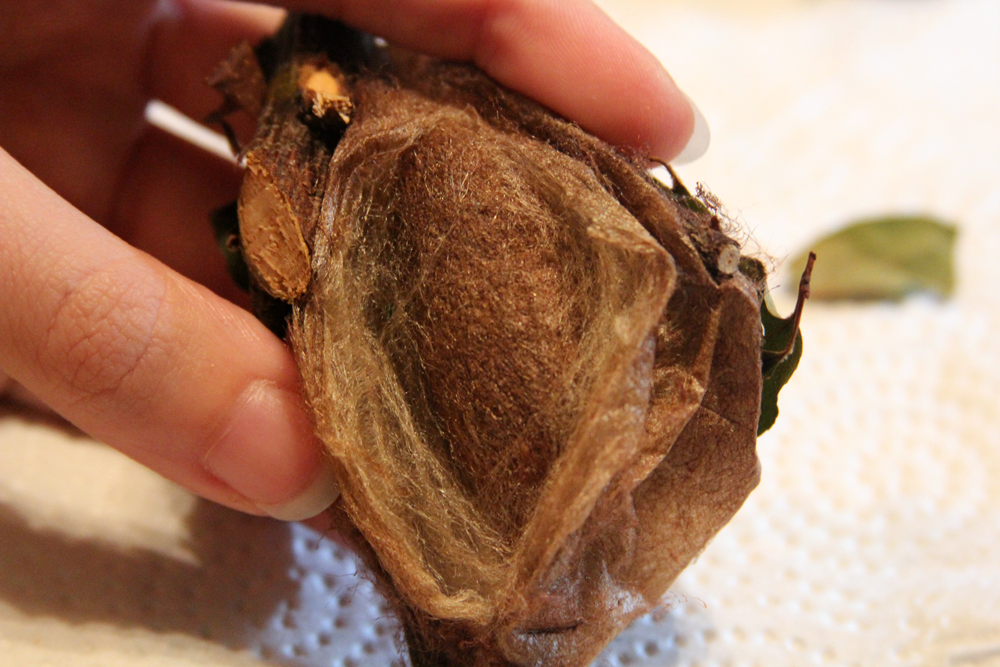
The wooly layer of the cecropia cocoon, nestled safely inside the outer “sleeping bag.”
Even though the outer cocoon was loose, the wooly layer seemed very close around the pupa, so I am going no further for now. The other cecropia cocoon is so tightly made that I do not feel safe trying to open it and would rather leave the bug to its own devices than jeopardize its survival with my inexperience. Later on I may decide to open the loose cocoon’s wooly layer and sex the pupa; for now, I’m guessing the loose cocoon is a girl and the tight one is a boy. In fact, I’ve started imagining them all as having unique little personalities based on their cocoons:
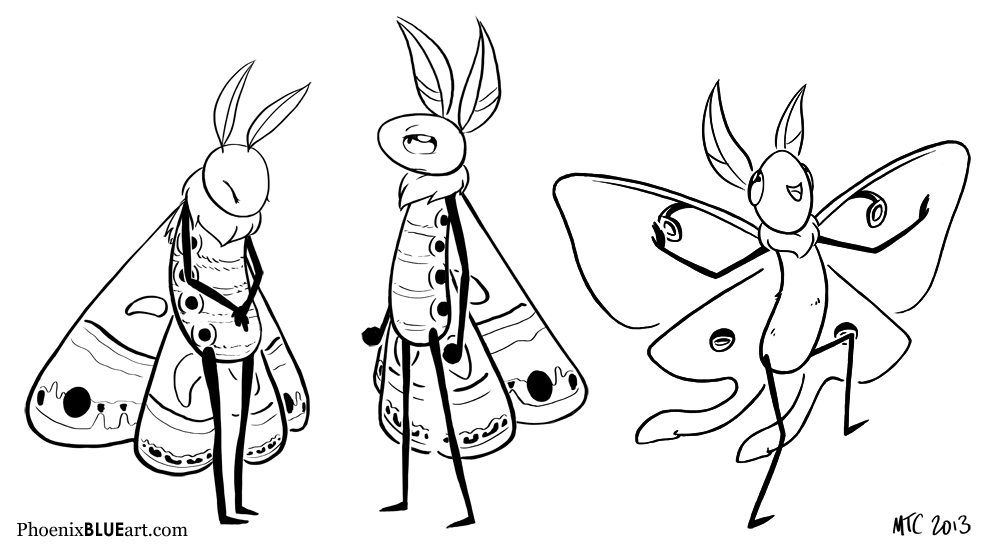
The loose and tight cocoon cecropias respectively, and the wriggly luna, as my moth people.
I have a feeling the potential of these creatures will continue to inspire me as I pass the long winter with them, waiting for the weather to warm again and their adult lives to begin.

 Posted by Mary in
Posted by Mary in 






Cricket says:
Love the journal! Very interesting. I will try and check back and see how the little (big) mothies are doing : ) I’ve caught a couple adult lunas before but I’ve never see a cecropia moth (well, except for at the butterfly zoo in the Smithsonian, I think they have one there right now). Good luck little guys!
Mary says:
Oh neat, I didn’t know the Smithsonian had a butterfly zoo. I haven’t been down there in a long time. Definitely gotta check that out should I get the opportunity.
I have never seen either of these moths in person, so I’ll be very excited to watch them emerge – so many firsts! The Academy of Natural Sciences near me sometimes has Atlas and African Moon moths, though; they’re gorgeous.